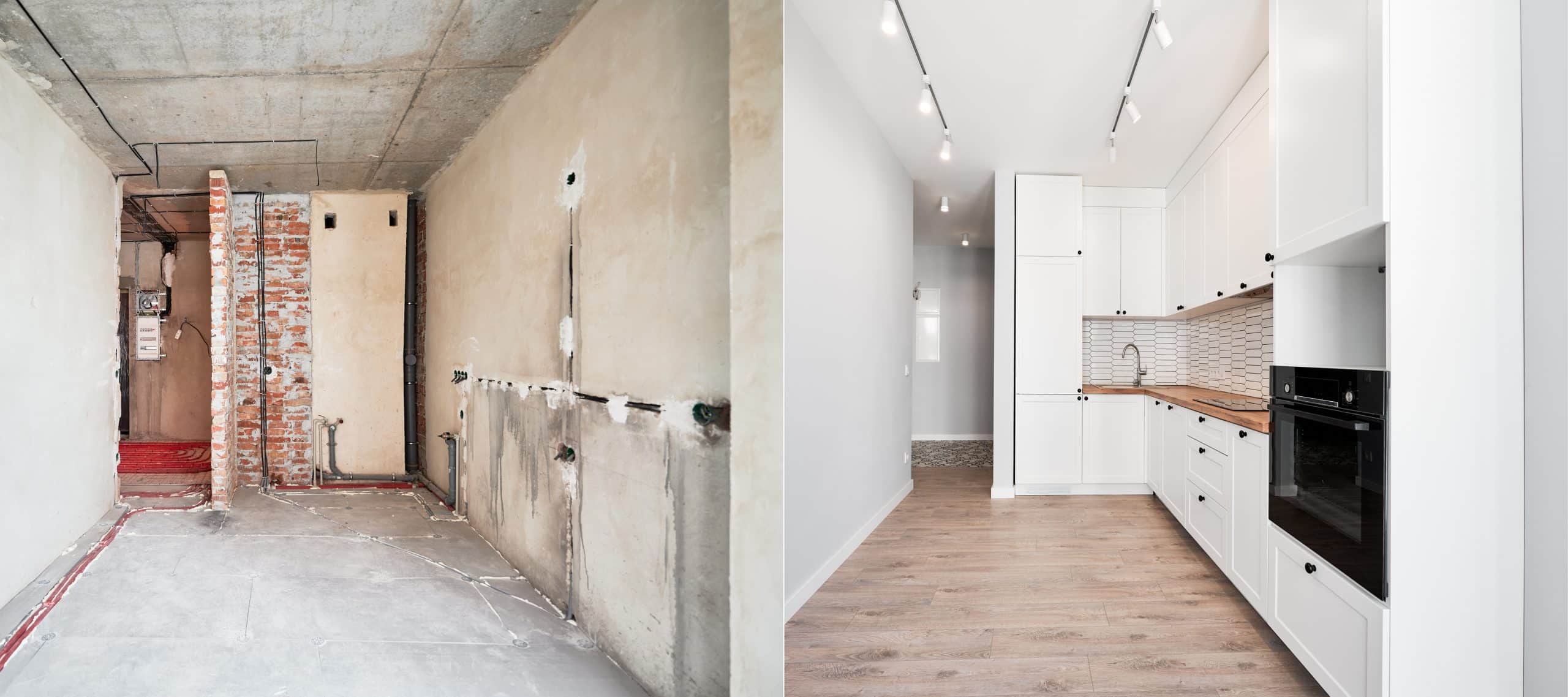How to Retrofit a Victorian House with Underfloor Heating Without Compromising Historical Value?

If you’re the proud owner of a Victorian-era home, you understand the unique charm and character these buildings hold. However, we know you also face specific challenges when it comes to updating and modernizing your property. One such challenge is renovating your house with contemporary heating systems, particularly underfloor heating, without compromising historical value.
In this article, we’ll delve into how you can retrofit your Victorian property with underfloor heating, ensuring respect for the building’s inherent charm whilst introducing modern energy efficiency.
Lire également : How Can You Maximize Daylight in a North-Facing Living Room?
The Basics of Underfloor Heating
Before we dive into the specifics, let’s take a moment to understand what underfloor heating involves. Underfloor heating is a type of central heating that achieves indoor climate control for thermal comfort using conduction, radiation, and convection.
Underfloor heating systems use either electric heating coils or water-heated tubing laid underneath the floor. Radiant heat from these elements rises and warms the room from the ground up. This method delivers a more uniform and comfortable heat distribution compared to traditional radiator systems.
Cela peut vous intéresser : What Are the Best Ways to Naturally Deter Pests in a Small Urban Garden?
These advanced heating systems are more energy-efficient, reducing your energy consumption and saving you money on heating bills. They also provide considerable aesthetic benefits, eliminating the need for visible radiators and allowing more design freedom.
Choosing the Right Underfloor Heating System for Your Victorian Home
When selecting an underfloor heating system for your Victorian house, you have two main options: electric or water-based systems.
Electric systems, often known as ‘dry’ systems, use heating cables or heat mats to warm up the room. They are typically easier and cheaper to install than ‘wet’ systems, making them a popular choice for smaller areas or single rooms.
On the other hand, water-based or ‘wet’ systems use a network of pipes linked to your boiler or heat pump to circulate hot water underneath the floor. They are more energy-efficient than electric systems, especially when combined with a high-efficiency heat pump or solar thermal system. However, they require more intensive installation work, which might be disruptive in a historical home.
Given the delicate nature of Victorian buildings, water-based systems, with their lower temperature requirements, often prove to be the better choice. They help to avoid potential issues with thermal expansion, which could damage your original floor structure.
Preserving Historical Floors During Installation
When retrofitting any historic building, preserving the original decorative elements is paramount. In Victorian houses, flooring is often a significant historical feature, with original floorboards, parquet, or tiles that you’ll want to conserve.
One method to retrofit underfloor heating without disturbing the original flooring is to use a system that fits within the current floor build-up. Slimline systems are ideal because they require minimal adjustment to the existing floor structure.
The installers will carefully lift the original flooring, install the underfloor heating system, and then replace the flooring, ensuring the room maintains its historical aesthetic. However, this method requires skilled installers familiar with handling and preserving historical materials.
Integrating with Existing Heating Systems
When retrofitting a Victorian house with underfloor heating, it’s crucial to consider how this system will integrate with any existing heating systems.
For some owners of Victorian houses, underfloor heating may supplement traditional radiators in colder areas or new additions to the home. To ensure your comfort and the system’s efficiency, it’s crucial to work with a professional who can balance the heat outputs from the different systems.
It’s also worth considering the source of your heating energy. While underfloor heating can work with a standard boiler, you may want to use this opportunity to upgrade to a more energy-efficient heat source, such as a ground or air source heat pump.
The Importance of Insulation
Finally, keep in mind that underfloor heating will not function effectively without proper insulation. Victorian houses are not famous for their energy efficiency, and without ample insulation, heat will escape, leaving your new system working overtime and your rooms still feeling cold.
Therefore, before installing underfloor heating, it’s a good idea to survey your home’s insulation and make any necessary upgrades. You should pay particular attention to floor and wall insulation, as well as draft-proofing doors and windows.
Retrofitting a Victorian house with underfloor heating is not without its challenges, but with careful planning and the right professionals, it is possible to enjoy the comfort of modern heating without losing an ounce of historical charm.
Upgrading Your Heating System: The Role of Heat Pumps
The heart of any underfloor heating system is, of course, the heat source. This is what generates the heat that the system will then distribute evenly across your floor surface. As mentioned earlier, underfloor heating can work with traditional boilers; however, for homeowners looking to improve their property’s energy efficiency, heat pumps are often the preferred choice.
Heat pumps are devices that transfer heat energy from a source of heat to what is called a thermal reservoir. Heat pumps work by circulating refrigerant through a cycle of evaporation and condensation, powered by a compressor. They can be air source or ground source, depending on where they extract their heat from.
An air source heat pump absorbs heat from the outside air, even in cold weather. They are generally easier to install than a ground source system, requiring less disruption to your property. They work well with underfloor heating due to the lower water temperatures required.
On the other hand, a ground source heat pump extracts heat from the ground, which maintains a relatively constant temperature year-round. While they can be more expensive and disruptive to install, they offer higher efficiency and can provide greater heating and hot water comfort.
When upgrading your heating system, it is vital to consider your house’s size, insulation, and specific heating needs. A professional installer can help you determine which heat pump system is best for your property.
Conclusion: Balancing Modern Comfort and Historical Charm
In conclusion, retrofitting a Victorian house with underfloor heating is a challenging yet rewarding project. It requires a well-thought-out approach that balances the need for modern comfort and energy efficiency with the desire to preserve the house’s historical character.
Choosing the right underfloor heating system is critical, and heat pumps offer an energy-efficient option that works well with the low-temperature requirements of underfloor heating. A water-based underfloor heating system is often the best choice for Victorian homes due to its efficiency and less disruptive installation process.
Preserving your home’s original flooring is essential, and a skilled installer can retrofit your underfloor heating system without compromising these historical features. Similarly, integrating the new system with any existing heating systems can ensure a comfortable and efficient indoor climate.
Finally, don’t forget the importance of insulation. No matter how energy efficient your heating system is, it won’t perform effectively without proper insulation.
By carefully considering these aspects, you can enjoy the benefits of modern underfloor heating – including improved energy efficiency, comfortable radiant heat, and more design freedom – without compromising the historical charm and value of your Victorian home.
